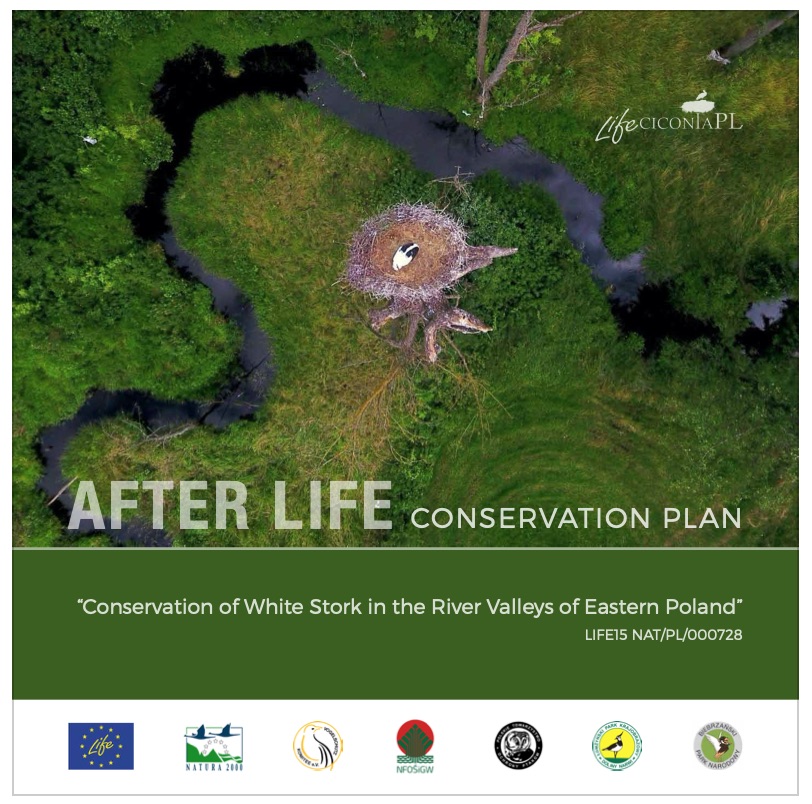
![]() ECOSYSTEM SERVICES PROVIDED BY WHITE STORK Ciconia ciconia PREPARED UNDER THE PROJECT.pdf
ECOSYSTEM SERVICES PROVIDED BY WHITE STORK Ciconia ciconia PREPARED UNDER THE PROJECT.pdf
The reports below were developed in Polish only:
![]() Report on the comparison of two counting methods traditional vs. drone-based - season 2017.pdf
Report on the comparison of two counting methods traditional vs. drone-based - season 2017.pdf
![]() Report on the comparison of two counting methods vs. drone-based - season 2018.pdf
Report on the comparison of two counting methods vs. drone-based - season 2018.pdf
![]() Report on the comparison of two counting methods vs. drone-based - season 2019.pdf
Report on the comparison of two counting methods vs. drone-based - season 2019.pdf
![]() Radar monitoring of the power line - final report.pdf
Radar monitoring of the power line - final report.pdf
![]() Radar monitoring of the power line - partial report.pdf
Radar monitoring of the power line - partial report.pdf
![]() Report on the monitoring of the effectiveness of the secured elements of the power grid.pdf
Report on the monitoring of the effectiveness of the secured elements of the power grid.pdf
![]() Report on monitoring of survival rate of birds treated in rehabilitation centers - 2017.pdf
Report on monitoring of survival rate of birds treated in rehabilitation centers - 2017.pdf
![]() Report on monitoring of survival rate of birds treated in rehabilitation centers - 2018.pdf
Report on monitoring of survival rate of birds treated in rehabilitation centers - 2018.pdf
![]() Report on monitoring of survival rate of birds treated in rehabilitation centers - 2019.pdf
Report on monitoring of survival rate of birds treated in rehabilitation centers - 2019.pdf
![]() Report on monitoring of survival rate of birds treated in rehabilitation centers - 2020.pdf
Report on monitoring of survival rate of birds treated in rehabilitation centers - 2020.pdf

